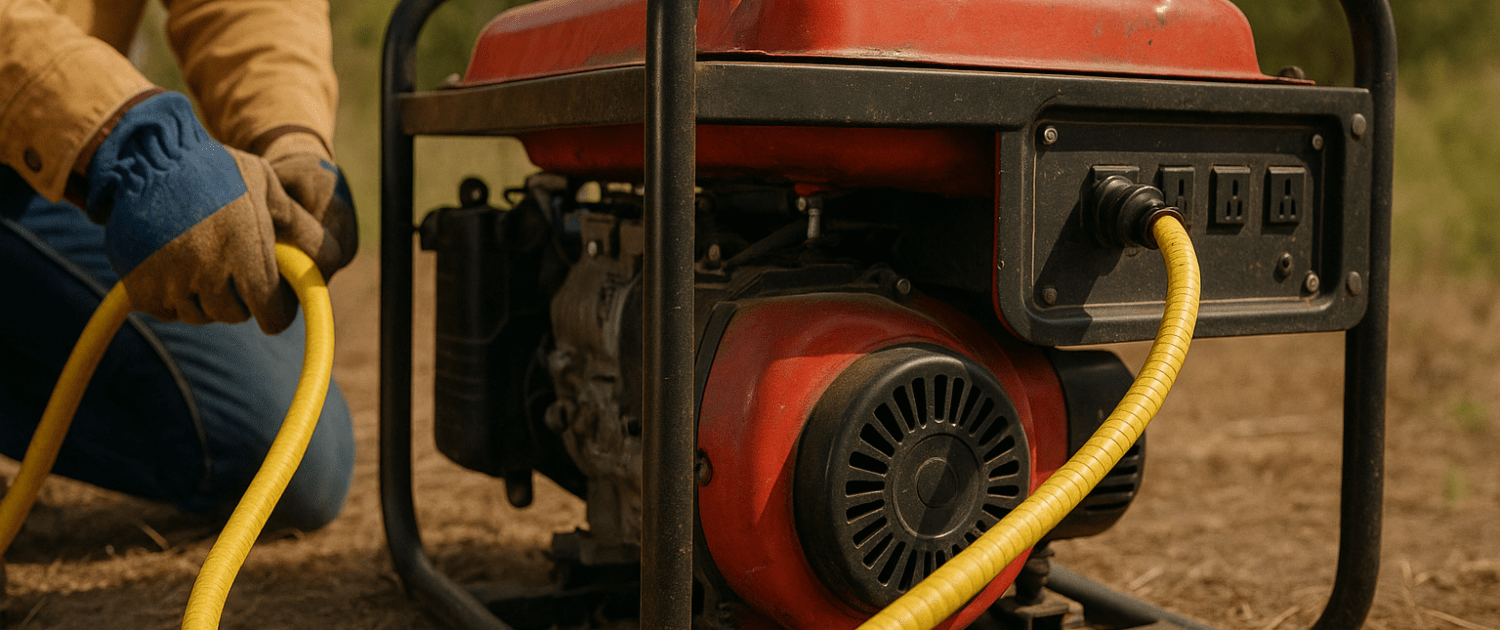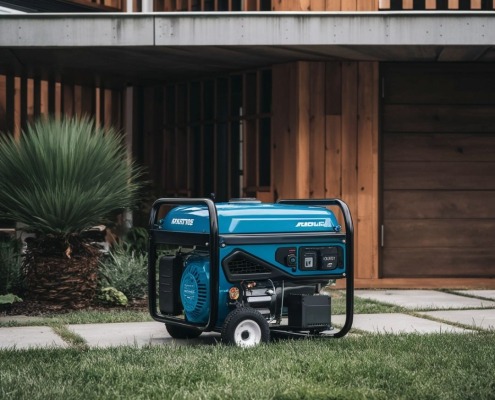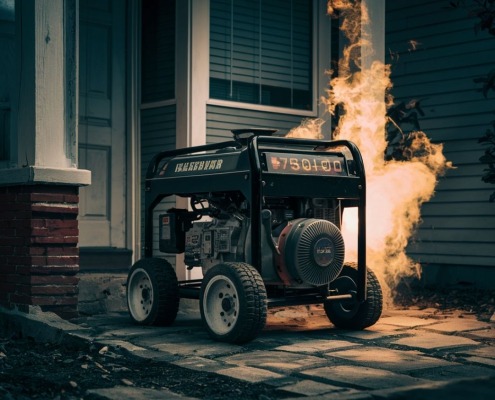How to Find the Best Generator for Your Home and Appliances
Steven E / Wednesday May 14, 2025
To keep your home safe and comfortable during power outages, a good quality generator can be a great investment. With so many different options available, you might be wondering which one is right for you. Go too small and risk tripping the system, too big and you’re just wasting fuel. In this guide, we’ll break it down in simple terms so you can power up with confidence.
If you find out that you need any replacement parts for any of your appliances, you can enter your model number at AppliancePartsPros.com to order them. Most orders arrive in just two business days, and we have thousands of free guides to show you how to install your new parts.
The information in this article may not apply to your specific appliance model. We recommend consulting your manufacturer’s documentation or contact us with any questions.
Step 1: List the appliances that must run
The first stride in our journey involves a thorough assessment of your home’s electrical demands. Identifying must-run appliances is pivotal, as these form the backbone of your household’s needs during an outage. This list typically includes:
- Major kitchen appliances such as your refrigerator, freezer, and electric range—essentials that keep your food safe and allow you to cook meals.
- Laundry appliances
- Heating and cooling systems because maintaining a comfortable temperature indoors can be important.
- Keeping electronics connected and making sure your home’s security system remains operational are non-negotiables.
- Basic lighting and operational pumps, whether for your sump or well, are important for safety and access to water.
Cataloging these items will lay the foundation for understanding your generator size needs.
Step 2: Calculate the total electrical load in watts
With your list in hand, it’s time to do a little math, transforming your list into a tangible figure representing your home’s electrical load. This step involves:
- Tally the rated running watts. Each appliance comes with a running wattage requirement, often found on the nameplate or within the owner’s manual.
- Identify the highest starting/surge watts. Appliances with motors demand higher surge power for startup. Pinpointing the highest surge wattage among your appliances is key.
- Add total running + surge watts. Combine the running watts of all simultaneous appliances and add the highest surge watts to ascertain your minimum generator capacity.
This calculation will make sure your generator can handle the load without the risk of overloading.
Step 3: Choose the right generator size
Armed with your total wattage requirements, selecting the appropriate generator size becomes a more straightforward task. Adhering to a rule of thumb—opting for a generator rated for 110-120% of your calculated watts—provides a safety buffer, preventing overload and potential damage. Generators range widely in capacity, from small 10-15 kW models suited for basic needs to robust 30-50+ kW units designed for extensive household operations. Understanding your home’s wattage needs guides you to a suitable size, balancing efficiency with capability.
Step 4: Evaluate generator fuel options
Generators can run on various fuels—natural gas, propane, diesel, and even dual-fuel configurations, each with unique benefits and considerations. Natural gas offers convenience and efficiency, tapping into existing utility lines, while propane allows for easy storage and extended supply. Diesel, known for its longevity and stability, provides resilience, though its availability can be affected by external factors. Dual-fuel models offer flexibility, adapting to the most available or cost-effective fuel option. Your choice hinges on assessing your location’s utility reliability and your personal resilience priorities.
Step 5: Account for sound levels
As generators increase in size, so too does their noise output—a crucial consideration for residential settings. Modern “super quiet” generators boast noise levels allowing for comfortable outdoor conversation, typically ranging from 60-70 decibels. If noise is a concern, seeking models within this range or investing in sound enclosures can mitigate the acoustic footprint of your backup power solution.
Step 6: Plan for expansion
Looking ahead, it’s wise to consider any potential expansions to your home’s electrical demands. Whether dreaming of a hot tub, an additional AC unit, or preparing for the electrification of transportation with an EV charger, accounting for these future needs now can save you from the inconvenience of upgrading your generator prematurely. Planning with expansion in mind allows your generator to remain a long-term ally in your home’s resilience strategy.
More Information
Thanks for reading! If you need replacement parts for any of your appliances, check out AppliancePartsPros.com, where you can enter your model number to find exactly what you’re looking for. Most orders arrive in two business days, and we have thousands of free resources to show you how to install your new parts.
You can also reach our award-winning customer service team at 1-877-477-7278, chat with a pro on our website and watch thousands of free video tutorials on our YouTube channel.
With nearly a decade of experience in providing top-notch customer service regarding appliance parts and repair, Steven enjoys sharing practical advice, troubleshooting tips, and interesting information to help readers stay informed.





